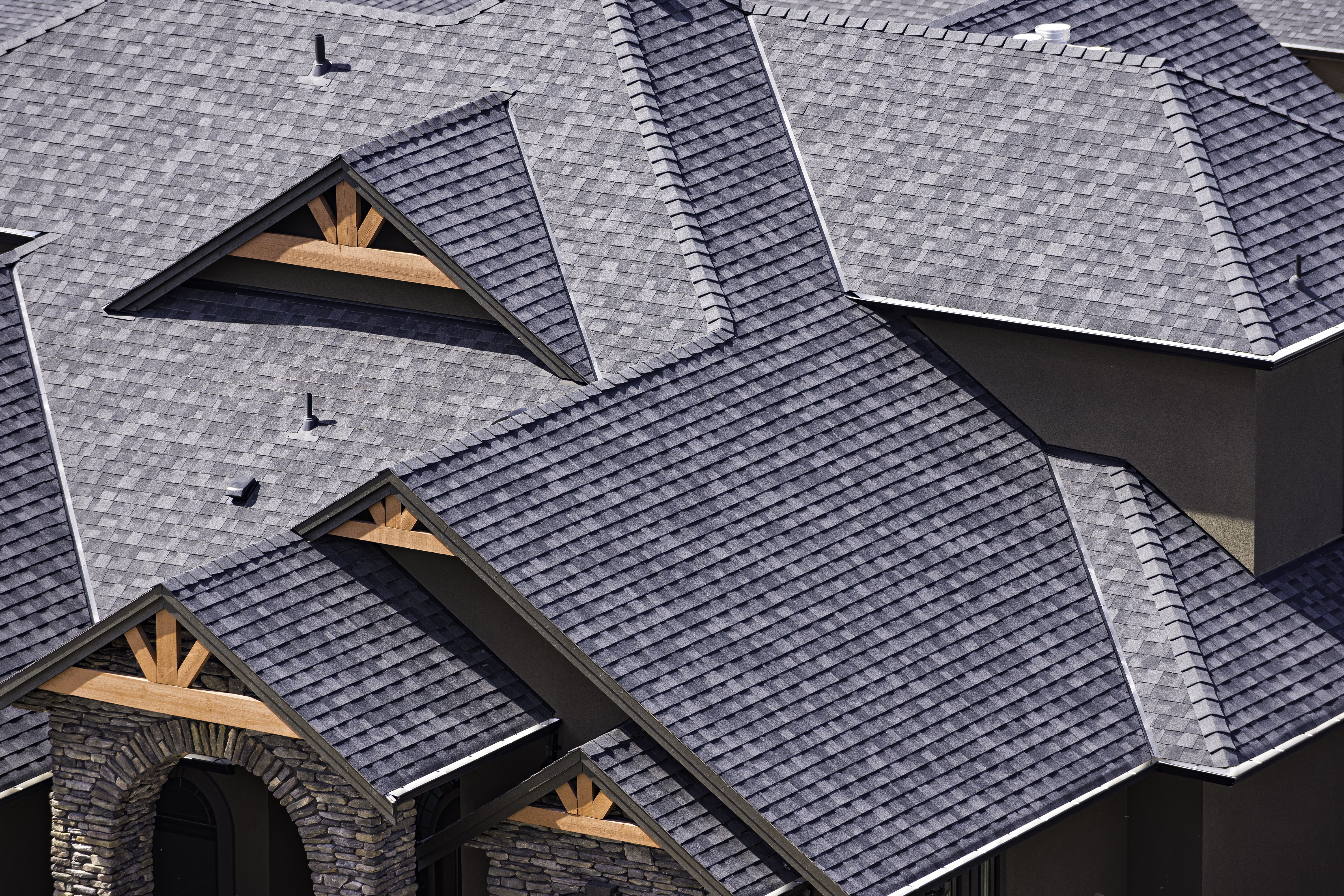1) Start with a Monsoon-Focused Roof Inspection
A quick glance from the driveway won’t catch the issues that cause leaks in a sideways rain. Ask for an inspection that checks:
- Shingle condition & granule loss
- Lifted edges, nail pops, cracked seals
- Valleys, penetrations, skylights, satellite mounts
- Underlayment exposure on eaves and rakes
- Attic signs (daylight at penetrations, stains, wet insulation)
Catching a $200 sealant fix now often prevents a $2,000 interior drywall/paint repair later.
2) Rejuvenate Aging Asphalt with GoNano
Arizona UV bakes oils out of asphalt shingles, making them brittle and wind-prone. GoNano roof treatment is a deep-penetrating, plant-based formula that helps restore flexibility and water repellency to aging shingles, which can improve wind resistance and slow weathering. It’s an excellent option when your roof is worn but not yet at the end of its service life.
Ideal candidates: 6–20-year-old asphalt roofs with uniform wear, no widespread curling, and intact underlayment.
3) Tighten Up the Details: Flashing, Seams & Sealants
In monsoon winds, water finds the tiniest path. Give special attention to:
- Step & counter-flashing (where walls meet roof)
- Pipe boots & skylight curbs (replace dried or cracked rubber)
- Valley metal (ensure proper overlap and debris-free channels)
- Ridge and hip caps (re-secure or replace cracked pieces)
Quality sealants rated for high heat + UV last longer on Arizona roofs.
4) Upgrade Your Runoff: Gutters, Downspouts & Splash Control
Flash floods turn small clogs into big leaks. Make sure:
- Gutters are clear of seed pods, palm fronds, and granules
- Downspouts extend 3–6 ft from the foundation (use extensions or splash blocks)
- Valley diverters & kick-out flashing push water into gutters—not behind stucco or siding
- Scuppers & flat-roof drains are clear (for patios/additions)
If you’ve skipped gutters before, consider targeted runs above entryways, patio doors, and slab transitions to keep water out of living spaces.
5) Improve Attic Ventilation & Intake
A cooler, drier attic helps shingles last and prevents humid air from condensing during big temperature swings.
- Balance ridge vents with proper soffit intake (aim for code-level net free area)
- Seal bath and dryer vents so they exhaust outdoors—not into the attic
- Verify insulation isn’t blocking soffit vents
Proper airflow reduces deck movement and shingle uplift in gusts.
6) Reduce Wind & Impact Risks Around the Roofline
A few yard chores prevent a lot of roof damage:
- Trim limbs 6–10 feet away from the roof to avoid branch strikes
- Secure loose items (shade sails, umbrellas, pergola covers) that can become projectiles
- Check satellite dishes & solar conduit—re-anchor or re-seal as needed
- Add storm anchors for lightweight patio covers that tend to tear at their roof connections
7) Build a Simple Monsoon Response Kit
Even a tight roof can suffer a surprise puncture in a microburst. Keep on hand:
- Peel-and-stick flashing tape (for emergency patching around penetrations)
- Heavy-duty tarp & sandbags (to divert water until a pro arrives)
- A labeled folder with Homelyfe’s emergency number, your inspection report, and insurance policy details
Document damage with photos/video before temporary measures—insurers love clear timelines.
Roof Repair vs. Replacement: How to Decide in AZ
- Repair when damage is localized (a few lifted/cut shingles, isolated flashing failure), decking is dry, and the rest of the field is serviceable.
- Rejuvenate when the roof shows uniform aging but the system is intact (no widespread curling or saturated underlayment).
- Replace when you see chronic leaks, soft decking, widespread granule loss, sagging planes, or wind damage across multiple slopes.
A Homelyfe inspector can lay out side-by-side cost, warranty, and lifespan expectations for each path so you choose with confidence.
Why Homelyfe?
- Local monsoon expertise: NRCIA-style inspections tailored to AZ wind-driven rain
- Eco-friendly options: GoNano treatments and low-VOC sealants
- Residential & commercial: From Glendale homes to Phoenix retail centers
- Clear estimates: Repair vs. rejuvenation vs. replacement, no guesswork
Heading into monsoon season? Book a pre-storm inspection and ask whether your roof is a good candidate for GoNano rejuvenation and sleep through the next outflow boundary.
